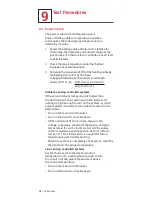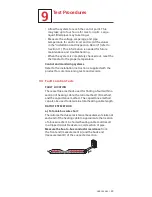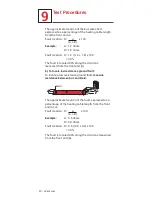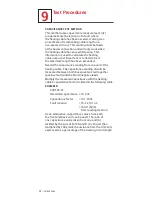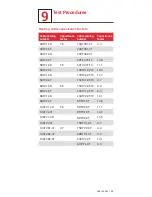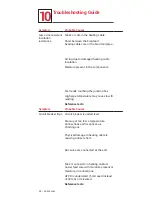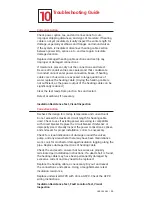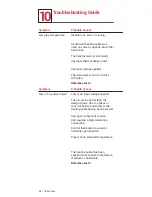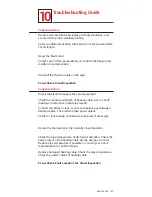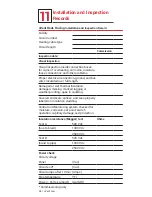
Commissioning and
Preventive Maintenance
8
nVent.com | 23
nVent requires a series of tests be performed on the
heat-tracing system upon commissioning. These tests
are also recommended at regular intervals for preventive
maintenance. Results must be recorded and maintained
for the life of the system, utilizing the “Installation and
Inspection Record” (refer to Section 11).
8.1 Tests
A brief description of each test is found below. Detailed
test procedures are found in Section 9.
Visual inspection
Visually inspect the pipe, insulation, and connections
to the heating cable for physical damage. Check that no
moisture is present, electrical connections are tight and
grounded, insulation is dry and sealed, and control and
monitoring systems are operational and properly set.
Damaged heating cable must be replaced.
Insulation Resistance
Insulation Resistance (IR) testing is used to verify the
integrity of the heating cable inner and outer jackets.
IR testing is analogous to pressure testing a pipe and
detects if a hole exists in the jacket. IR testing can also be
used to isolate the damage to a single run of heating cable.
Fault location can be used to further locate damage.
Power check
The heating cable power per foot (meter) is
calculated by dividing the total wattage by the total
length of a circuit. The current, voltage, operation
temperature, and length must be known. Circuit length
can be determined from “as built” drawings, meter
marks on cable, or the capacitance test.
Power (w/ft or m) = Volts (Vac) x Current (A)
Length (ft or m)
The watts per foot (meter) can be compared to the
heating cable output indicated on the product data
sheet at the temperature of operation. This gives a good
indication of heating cable performance.
Ground-fault test
Test all ground-fault breakers per manufacturer’s
instructions.




















